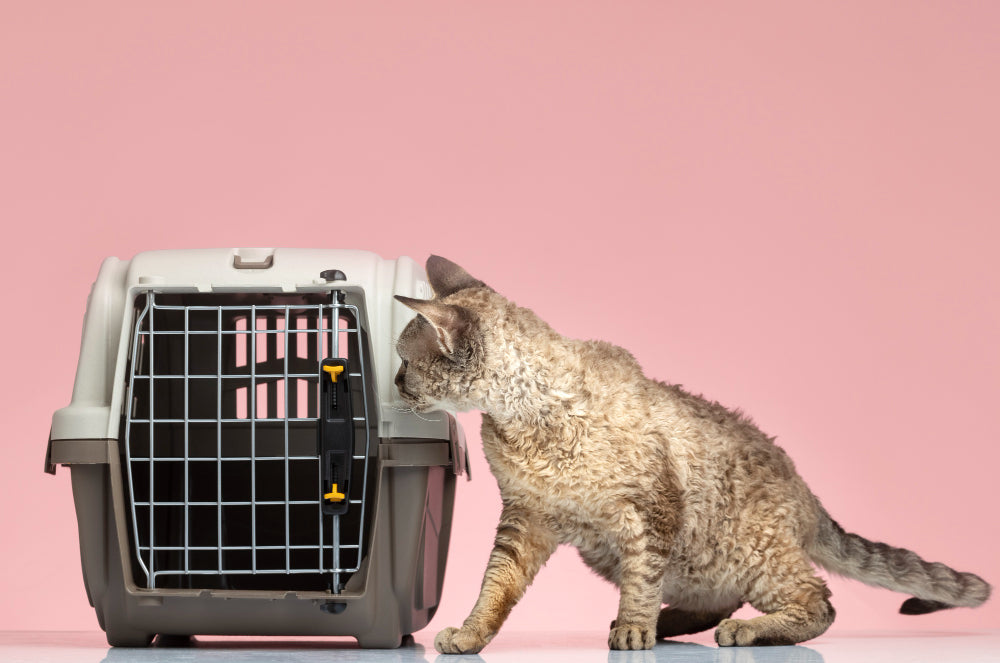
The difference between dry and wet dog food: what's best for your dog?
, by Michael van Wassem, 4 min reading time

, by Michael van Wassem, 4 min reading time
As a dog owner, you naturally want the best for your dog, and nutrition plays a crucial role. One of the most frequently asked questions is: should I choose dry food or wet food? Both options have their own advantages and disadvantages. In this blog, we will outline the differences and help you determine which choice is best for your dog.
Dog kibble is one of the most popular choices among dog owners. This dry food has several clear advantages:
Longer shelf life: The kibble is dry and therefore has a long shelf life, even after opening the packaging.
Easy to use: The kibble is easy to portion and store. Ideal for busy days or when you're on the go.
Good for your teeth: Chewing on chunks can help reduce plaque and tartar.
More affordable: In most cases, dry food is cheaper per meal than wet food.
Less moisture: Dry food contains little moisture, which can lead to lower fluid intake. This is especially important for dogs that don't drink much.
Less palatable: Some dogs find kibble less appealing than wet food.
Wet food, often packaged in cans or pouches, is a moist alternative that many dogs love. But what are the advantages and disadvantages?
Benefits of wet food:
Higher moisture content: Ideal for dogs that don't drink much water, as it helps with hydration.
More flavorful: The smell and texture of wet food make it irresistible to many dogs.
Easier to eat: For older dogs or dogs with dental problems, wet food may be a better option.
Short shelf life: After opening, wet food must be consumed within a short time.
Higher costs: Wet food is often more expensive than kibble.
Bad for teeth: The sticky nature can contribute to the buildup of plaque.
When choosing between dog kibble and wet food, there are several factors to consider:
Your dog's health: Does your dog have dental problems or drink little water? Then wet food might be a good choice. If your dog has healthy teeth and drinks enough, then kibble might be better.
Nutritional needs: Some dogs have special nutritional needs, such as grain-free food or food for a sensitive stomach. Pay close attention to what your dog needs.
Practical considerations: Dry food is easier to store and transport, which is convenient if you're often on the go.
Combining: Many dog owners choose a combination of kibble and wet food to offer the best of both worlds.
Always consult your veterinarian when making a choice. They can advise you based on your dog's health, age, and specific needs.
Every dog is unique, and what works for one dog may not work for another. Trying different brands and types of food can help. Pay close attention to how your dog reacts, both in terms of taste and health.
Your choice matters. Whether you choose dry food , wet food , or a combination of both, always ensure you choose high-quality food that suits your dog's needs. Your love and attention, along with the right nutrition, will keep your dog healthy and happy.
Do you have any tips or experiences with choosing dog food? Share them with us via klantenservice@fidello.nl or tag us on Instagram with #fidellofamilie!


